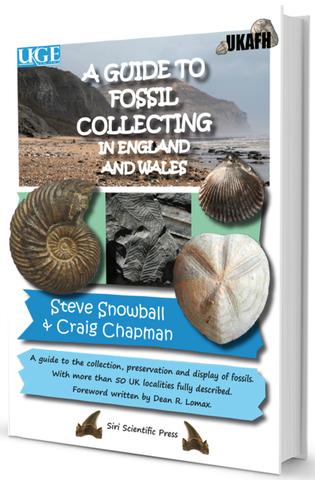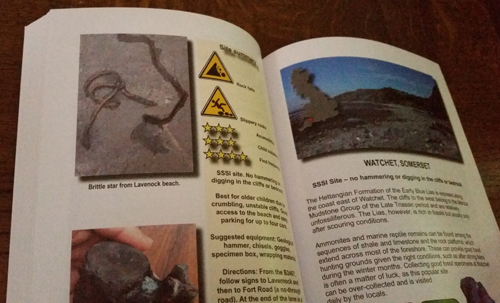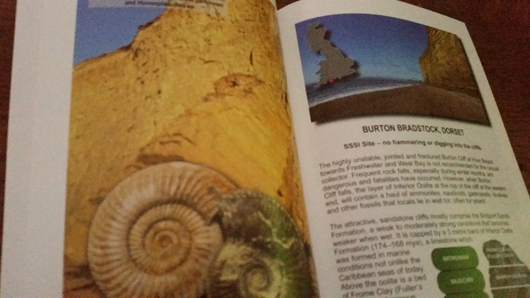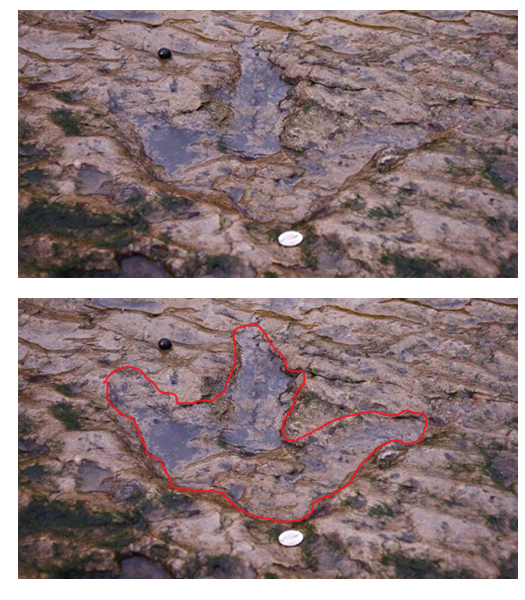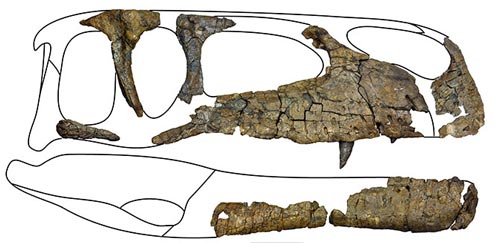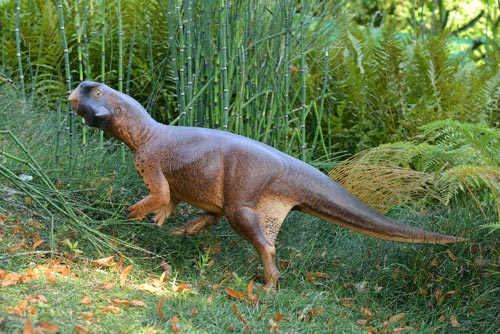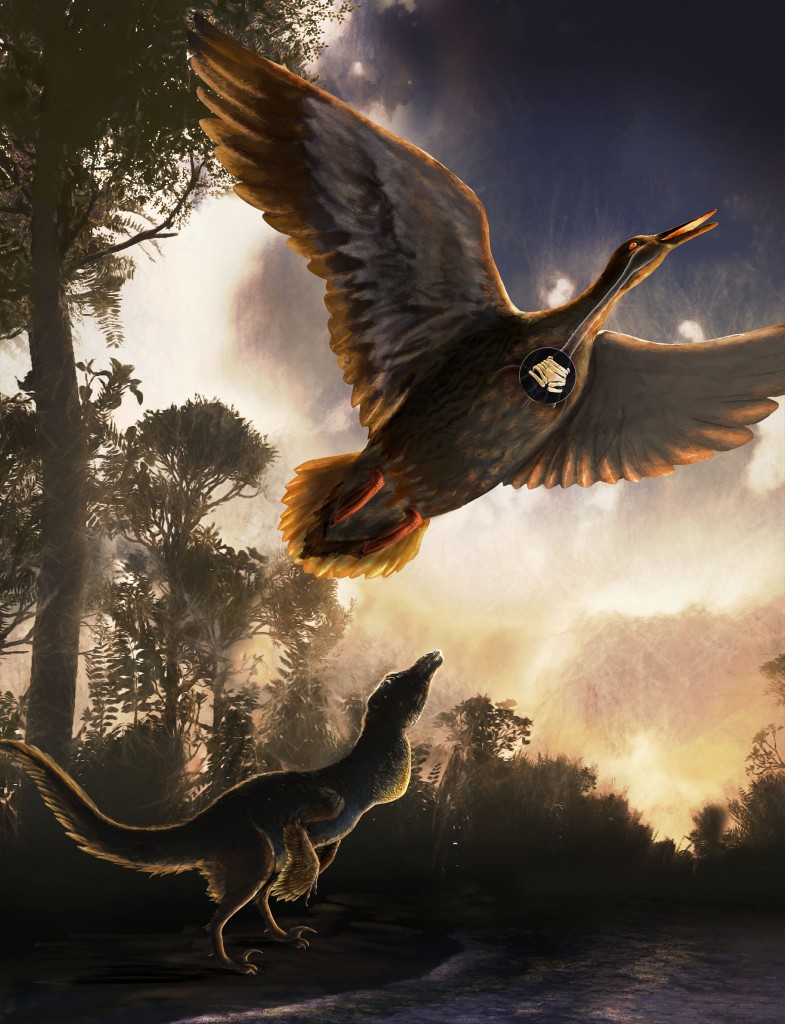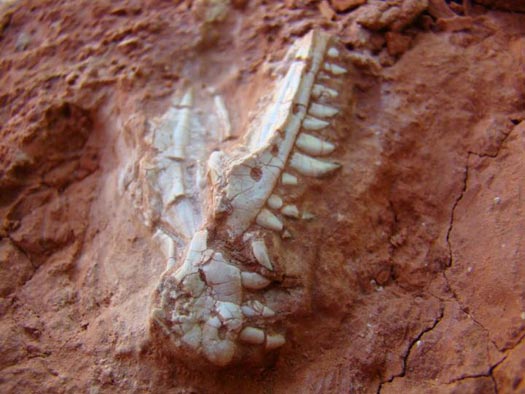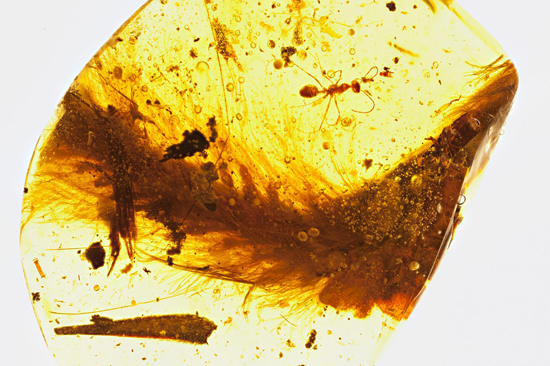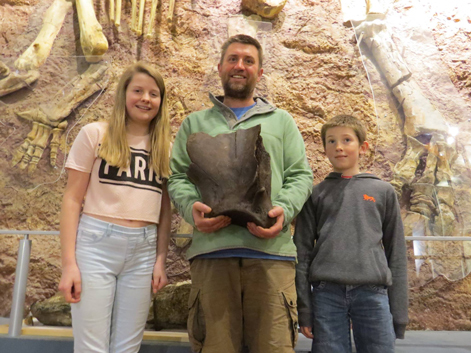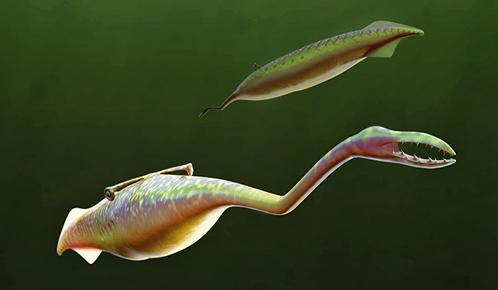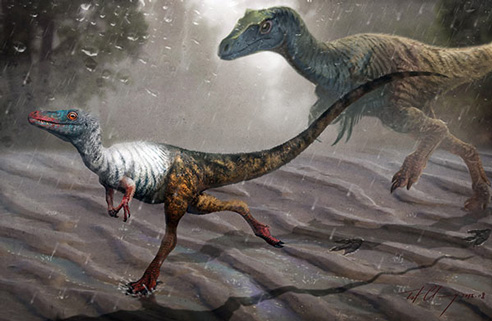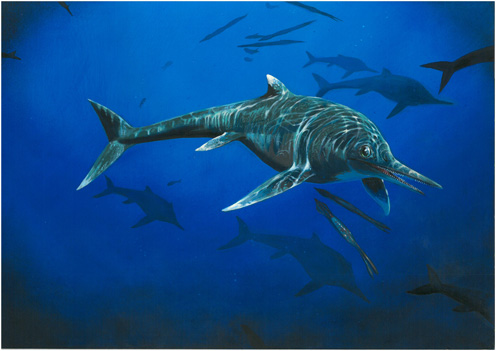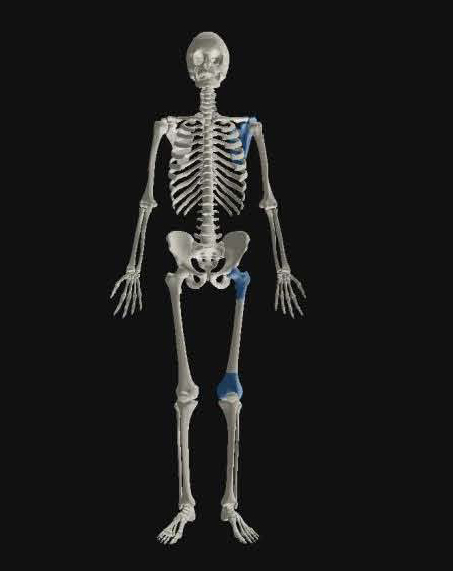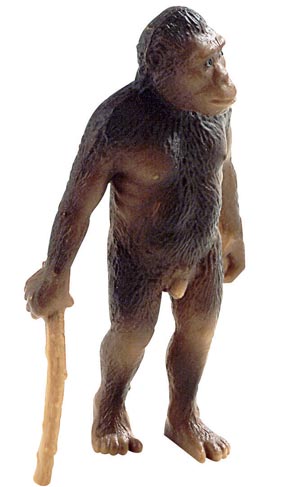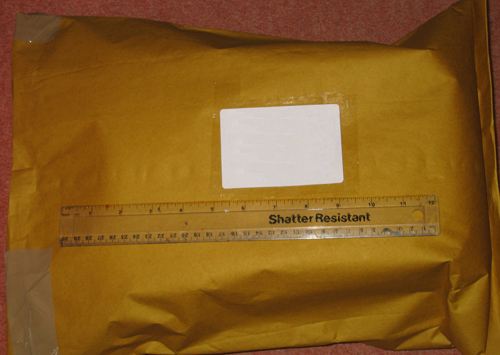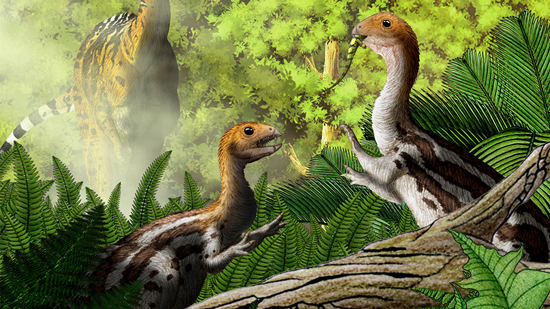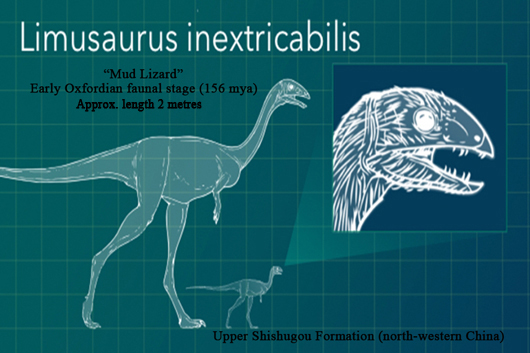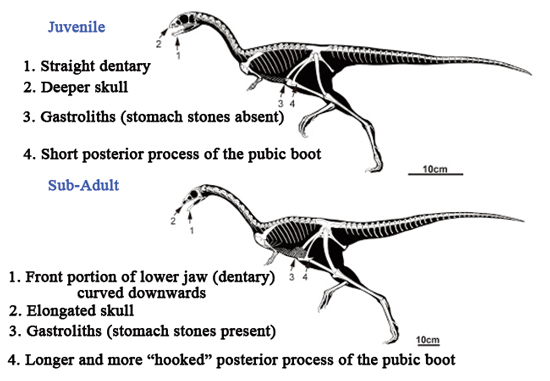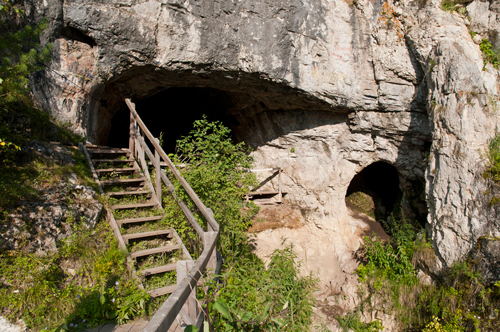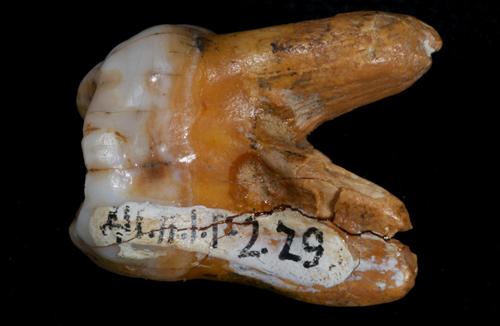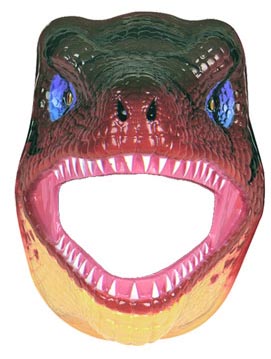A Helpful Guide to Fossil Collecting in England and Wales as a New Book is Reviewed
A Review of “A Guide to Fossil Collecting in England and Wales”
We are very lucky in this country, we have some magnificent British countryside to enjoy in conjunction with a rich and diverse geology. Fossil collecting can be a great way to explore the natural world.
Surrounded by stunning scenery, allowing you a brief disconnect from a busy lifestyle, travelling back in time to explore ancient, prehistoric worlds and the myriad of plants and animals that inhabited them. However, how to start and perhaps more importantly, where to look? These are questions that are frequently emailed to us. Fortunately, help is at hand, thanks to two dedicated and enthusiastic fossil hunters, who have set aside their geological hammers to compile a guide to fossil collecting in England and Wales.
For replicas of iconic animals from the fossil record such as trilobites and ammonites: Everything Dinosaur Learning – Prehistoric Animal Themed Gifts and Replica Fossils.
A Guide To Fossil Collecting
“A Guide to Fossil Collecting in England and Wales”
Picture credit: Siri Scientific Press
UKAFH – UK Amateur Fossil Hunters
Written by Steve Snowball and Craig Chapman, leading lights in the UKAFH (UK Amateur Fossil Hunters) organisation, this book provides a wonderful introduction to fossil hunting as a hobby as well as containing a wealth of information and advice for the seasoned fossil collector. It’s a practical book, just the right size for slipping into a rucksack pocket and it gives details on more than fifty fossil hunting locations in England and Wales.
Drawing upon their extensive knowledge, the authors take the reader through three geological eras – the Palaeozoic, Mesozoic and the Cenozoic and highlight where in England and Wales fossils, representing life from each of these eras, can be found. At the beginning of each section, a handy geological timescale in conjunction with the locations featured, permits readers to see at a glance the context of each site within deep time.
Informative with Clear Explanations
The individual site entries are very informative, explaining clearly and concisely where to find fossils and what to look for. “A Guide to Fossil Collecting in England and Wales” distinguishes itself from other fossil collecting books by using a simple site summary to highlight key points regarding safe fossil collecting from each carefully selected location. Top marks to Steve and Craig, for thoughtfully adding details of the nearest postcode to many of the sites, a boon for those using satellite navigation to travel back in time.
Each Carefully Selected Fossil Hunting Location Comes Complete with a Handy Site Summary
Picture credit: Everything Dinosaur
An Ideal Companion for Both Hobby Collectors and Experienced Professionals
The book is illustrated with beautiful photographs of the locations as well as numerous pictures showcasing the types of fossil that can be found at each site. It is a family friendly publication, aimed at providing a stimulus for those new to the hobby to explore our country’s rich fossil heritage. In addition, the authors have skilfully embellished each entry with insightful and informative details, of assistance to even the most experienced palaeontologist.
Team members at Everything Dinosaur are familiar with many of the places featured in this fossil hunting guide, but we found that there was still plenty to learn from this lovingly compiled publication.
Knowledge gained from leading numerous UKAFH fossil hunting trips has been woven together to fill a gap in the publishing industry’s portfolio, here is a book written by passionate fossil collectors, for fellow enthusiasts and, for those just starting out.
Helpful and Useful Information to Assist Fossil Hunters
Picture credit: Everything Dinosaur
An Essential Guide to Fossil Collecting in England and Wales
With a foreword from the highly-respected palaeontologist Dean Lomax, “A Guide to Fossil Collecting in England and Wales” is an essential guidebook to fossil hunting. It explains how and where to look for fossils, what tools are required and how to prepare and preserve your specimens. There is even a section dedicated to identifying and labelling fossil finds and we commend the authors for including copious amounts of information about safe and responsible collecting, as well as highlighting the Fossil Collecting Code.
Visit the website of Dean Lomax: Dr Dean Lomax.
Straight forward guides to stratigraphy, fantastic fossil pictures and jam-packed with helpful tips and advice, “A Guide to Fossil Collecting in England and Wales”, is an ideal reference for students, amateurs, professionals and for families looking for a rewarding day out.
Make room on your bookshelf for this publication, although we suspect it won’t stay on there for long, it will be out with you, providing a worthy companion to your own time travelling adventures.
“A Guide to Fossil Collecting in England and Wales”
ISBN: 978 992997991
Pages: 288
Publisher: Siri Scientific Press
Release date: February 1st 2017 (RRP = £18.00)
Advance copies can be purchased from Siri Scientific Press: Purchase “A Guide to Fossil Collecting in England and Wales” here!
Visit the website of Everything Dinosaur: Everything Dinosaur.


